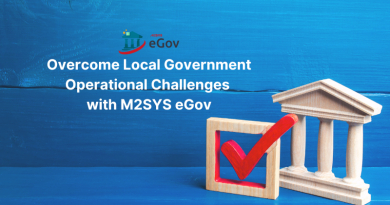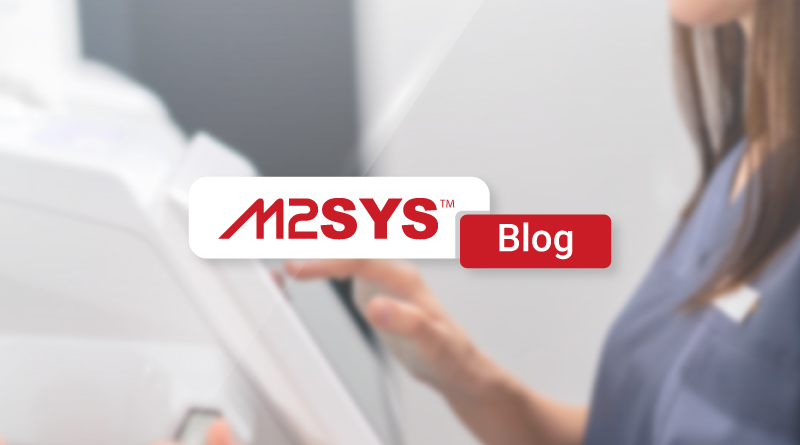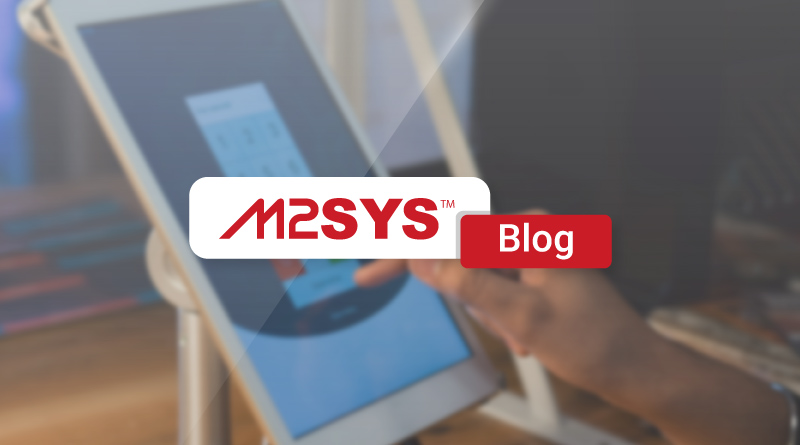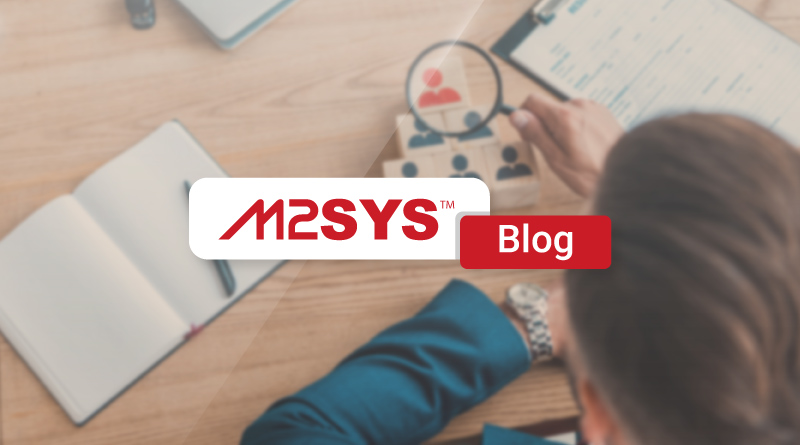Accelerate Urban Projects with Automated Infrastructure Management
Automated infrastructure management is revolutionizing urban project management by streamlining processes, reducing delays, and cutting costs. This approach enhances efficiency through real-time collaboration, centralized oversight, and AI-powered solutions, ensuring projects are completed on time and within budget, ultimately improving urban life quality.
TL;DR
- Automated infrastructure management is revolutionizing urban project management, reducing delays and budget overruns.
- Traditional methods often lead to inefficiencies, with projects exceeding budgets by 80% and timelines by 20%.
- Automation offers real-time collaboration, centralized oversight, and efficient resource allocation, enhancing transparency and reducing backlogs.
- AI-powered solutions streamline permit approvals, accelerating project timelines and ensuring compliance.
- The City Management Solution provides a comprehensive platform for managing urban projects, featuring no-code configuration, mobile-first design, and seamless integration.
- Benefits include eliminating redundant tasks, reducing human error, and saving taxpayer dollars, crucial for meeting civic demands and regulatory requirements.
- Embracing automation is essential for modern cities to thrive, ensuring vibrant, functional, and sustainable urban environments.
Ready to transform your urban projects with cutting-edge automation? Contact us today to learn more about our innovative solutions.
Envision a city where every road repair, building construction, and utility upgrade proceeds seamlessly, free from delays or budget overruns. While this might seem like a distant dream, the rise of automated infrastructure management is turning it into reality. Urban infrastructure projects are vital for modern cities, facilitating transportation and providing essential utility services. However, these projects often encounter hurdles due to the intricate coordination required among various municipal departments, contractors, and oversight agencies. This complexity can lead to significant delays and budget overruns, impacting the timely delivery and efficiency of urban services. Automated infrastructure management is a revolutionary solution poised to transform urban project management. But how does it function, and why is it crucial?
Traditionally, managing urban infrastructure is fraught with inefficiencies. According to a McKinsey & Company study, projects frequently exceed their budgets by 80% and their timelines by 20%. This inefficiency depletes public resources, stifles economic growth, and diminishes citizen satisfaction. Automating project management processes offers a transformative solution. With real-time collaboration and centralized oversight, automation enables project managers to track progress seamlessly, allocate resources efficiently, and resolve issues promptly. For example, automation facilitates the digitization of inspection scheduling. Using mobile tools, field inspectors can conduct timely, standardized assessments and report compliance status instantly, significantly reducing backlogs and enhancing transparency.
A critical component of infrastructure projects is the permit approval process. Traditionally, this can be slow and cumbersome, often stalling projects. However, AI-Powered Solutions can streamline the permit approval process, reducing administrative processing times and accelerating critical permitting decisions. This not only expedites project timelines but also minimizes the risk of regulatory non-compliance. The City Management Solution offers a comprehensive platform designed to streamline urban infrastructure project management through automation and digital transformation. This platform centralizes and automates project management tasks, ensuring projects are completed on time and within budget.
What are the key features of these solutions? First, a no-code configuration allows for customization without needing developers, enabling quick adaptation to specific project needs. A mobile-first design lets field inspectors conduct assessments and report compliance instantly, reducing backlogs and improving transparency. Seamless integration connects the platform with existing legacy databases and national systems, ensuring a smooth transition to automated processes. Cloud-hosted and secure, it offers a reliable platform for managing infrastructure projects. Data-driven governance provides real-time analytics for smarter decision-making and resource allocation, while flexible workflows are tailored to meet the unique demands of each project. Moreover, the platform is multilingual and localized, adapting to regional needs to ensure accessibility for diverse populations. Quick launch times are achieved through templates and tools for rapid deployment of solutions.
The benefits of a unified approach to project management, inspections, and permit handling include the elimination of redundant manual tasks, reduction of human error, and savings of taxpayer dollars by increasing operational efficiency. For state and federal government agencies, contractors, and government software providers, adopting such integrated digital solutions is essential to meet growing civic demands and regulatory requirements. The urgency to modernize municipal workflows is paramount as urban populations grow and infrastructure ages. By embracing automation now, governments can launch infrastructure projects faster, maintain compliance effortlessly, and enhance citizen satisfaction through transparent and timely service delivery. As Thomas Edison wisely noted, there is always a better way to do things. Automation is that way to do it better in urban infrastructure management.
In conclusion, automated urban infrastructure project management is not merely a technological upgrade; it is a necessity for modern cities to thrive in the 21st century. As cities expand and infrastructure demands increase, managing these projects efficiently and effectively will determine the quality of urban life for millions. The Digital Transformation exemplifies how technology can be leveraged to address these challenges, ensuring that cities remain vibrant, functional, and sustainable for future generations.
How-To Guide: Implementing Automated Infrastructure Management
- Understand Your Needs: Begin by assessing the specific needs and challenges of your urban infrastructure projects. This will help determine the functionalities and features you require from an automation solution.
- Choose the Right Platform: Explore platforms like the M2SYS City Management Solution, which offers a comprehensive suite of tools for automation and management, ensuring smooth integration with existing municipal systems.
- Customize Your Solution: Utilize the no-code configuration capabilities of the platform to tailor workflows and features to your project’s specific requirements. This customization process doesn’t require developer expertise, which simplifies adaptation.
For insights on customizing AI for public service delivery, explore the applications of Generative AI. - Digitize Processes: Implement mobile-first designs to digitize inspection scheduling and reporting, enhancing transparency and reducing backlogs in project assessments.
- Integrate and Train: Ensure seamless integration with legacy databases and systems, and provide comprehensive training for staff to maximize the platform’s potential.
Learn about overcoming operational challenges here. - Monitor and Adapt: Use real-time analytics to monitor project progress and make data-driven decisions. Continuously refine workflows to adapt to changing urban infrastructure needs.
- Ensure Compliance: Keep track of regulatory requirements and ensure your automated systems are up-to-date with local and national standards.
For further assistance, don’t hesitate to Contact Us.
Frequently Asked Questions
- What is automated infrastructure management and why is it important for urban projects?
Automated infrastructure management refers to the use of digital tools and processes to manage urban infrastructure projects more efficiently. It is important because it reduces delays and budget overruns, enhances transparency, and improves citizen satisfaction by ensuring projects are completed on time and within budget. For a deeper dive into digital transformation in government services, visit our Digital Transformation page. - How does the M2SYS City Management Solution help streamline urban infrastructure management?
The M2SYS City Management Solution integrates various aspects of project management into a unified platform, automating workflows and providing mobile tools for seamless tracking of project progress. This ensures efficient resource allocation and quick issue resolution, supporting the growing needs of urban infrastructure through real-time analytics. For more information, check out our detailed solution overview at City Management Solution. - What role does AI play in improving the management of urban projects?
AI-powered solutions can significantly enhance urban project management by streamlining processes such as permit approval and inspection scheduling. These solutions reduce administrative processing times, accelerate critical permitting decisions, and ensure compliance with regulations. Learn more about AI's benefits for service delivery in municipalities here. - Are the solutions customizable to suit different regional needs?
Yes, the M2SYS platform is both multilingual and localized, allowing it to adapt to various regional needs. This ensures accessibility for diverse populations and compliance with local and federal standards.









